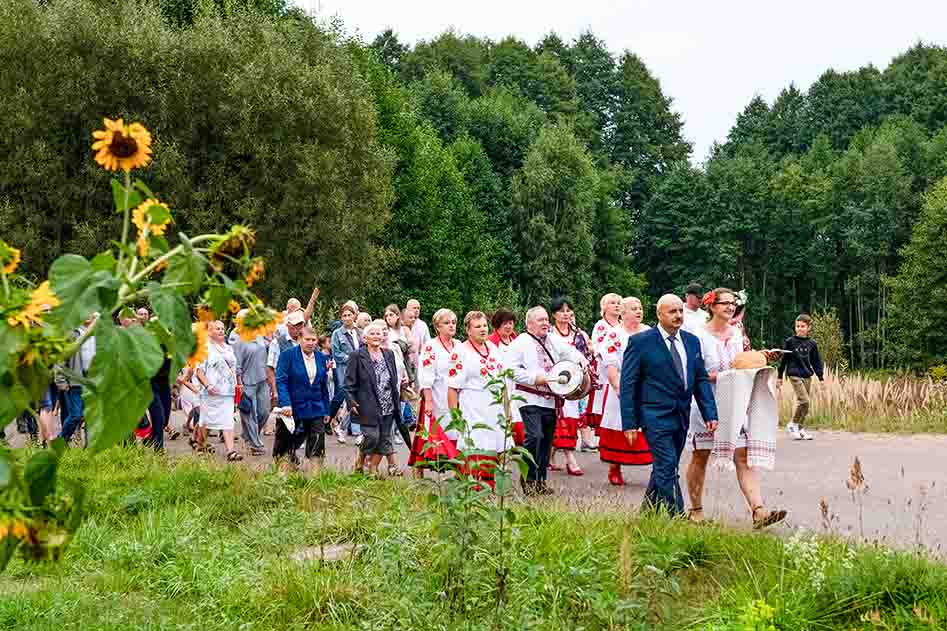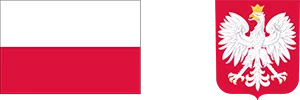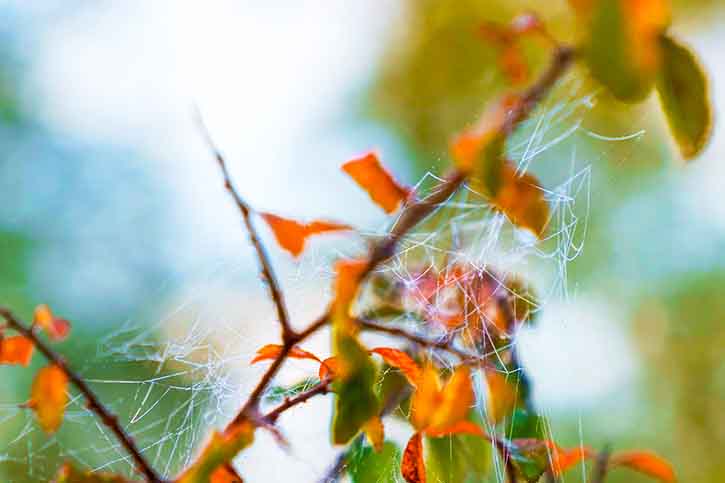At the turn of August and September, farmers in Poland complete their grain harvest with a holiday known as the Harvest Festival. Over the centuries, the celebration's external features have changed, but its meaning remains constant. It is a thanksgiving for the harvest and a prayer for another successful year of work, which begins symbolically on September 8th, the day dedicated to Our Lady of the Sowing.
Harvest Festival celebrations in Poland vary in scope. They can be municipal, parish, provincial, central, and presidential. They can also be organized by a single small community in a specific village. Regardless of the number of participants, Harvest Festivals often combine secular, religious, and folk elements.
This has been the case in Poland since the political changes of 1989, when public expressions of gratitude to God for a successful harvest were officially reinstated. During the communist era, all tributes during the Harvest Festival were received by state dignitaries, officials of various ranks, and so-called exemplary farmers implementing modern agricultural systems. Television broadcasts of the central Harvest Festival were a staple of political propaganda at the time.
For about 35 years, the Harvest Festival in Poland has once again resembled those organized in the interwar period, with the participation of entire rural communities, families, and priests.

Harvest Festival in Poland (Source: DlaPolonii.pl Photo: Michał Kość)
Among the traditions visible at that time, the most evolving symbols of the harvest's completion were wreaths, baskets bearing gifts from the fields, and bread made from freshly harvested grain. Their designs reflect the current situation in the countryside: what crops are grown and how, what bread is most frequently baked, and the preferred style of decoration.
Regional differences, even very local conditions and customs, play a role, but machine-made bales or bales of straw would certainly have been impossible decades ago. Back then, no one imagined that combine harvesters would arrive en masse in the fields, that sheaves of grain would disappear, and that sickles and scythes would become relics in open-air museums and museums. Today, straw bales and bales are used to create, for example, gates, which are decorated to accommodate the Harvest Festival procession. Baskets of offerings, alongside the wheat, rye, barley, and oats cultivated for generations in Polish fields, increasingly include corn cobs, sunflower blossoms, and soybean pods, which thrive in our soil. Therefore, the bread brought as a gift—the most eloquent symbol of the Harvest Festival—can be traditional, meaning wheat or rye, but also whole wheat with soy and sunflower seeds, or whole grain.
The program of a typical Harvest Festival consists of several elements. It begins with the aforementioned procession of farmers bearing bread, wreaths, baskets filled with ears of corn, fruit, vegetables, and jars of honey. Everyone heads to church for Mass or to the secular host of the festival – this could be the mayor or city president. If the Harvest Festival is a municipal or parish event, for example, the host is two "actors": the parish priest and a clerk. After Mass or the official part, held at the municipal stadium or other larger venue, comes performances by folk groups, invited artists, and competitions (e.g., for the tastiest bread, the most beautiful basket and wreath). There are also dances and other attractions, such as carousels, refreshment stands, handicraft demonstrations, and tug-of-war competitions.
The ingenuity and talent of farmers knows no bounds. Talented rural artists attach ears of corn to special wreath structures in the shapes of hearts, hosts, or buildings, designed to resemble local churches. They scatter the seeds and glue them to the ground in patterns resembling the Pope or various saints. Competition winners become local heroes.
After the time of prayers, gatherings, and Harvest Festival activities, work quickly arrives – the beginning of a new, successive cycle in the life of a Polish farmer. Sometimes, the Harvest Festival also marks the beginning of the sowing of winter crops. Traditionally, however, it should begin on a day dedicated to the Virgin Mary – on a Wednesday or Saturday, around the feast of Our Lady of the Seeds, which in the Catholic Church is called the Nativity of the Blessed Virgin Mary, because – as believers emphasize – it is she who gives rise to eternal life, just as seeds sown in the earth bear fruit – a harvest – and thanks to this, subsequent human generations can exist.
In Poland, the Mother of God accompanies the entire annual cycle of field work. Recently, we celebrated Our Lady of the Herbs – the day of harvesting from gardens, orchards, and forests. The latter, gathered from the forest floor and shrubs, be it blueberries, raspberries, or blackberries, is additionally watched over by Our Lady of the Berries – who remains somewhat in the shadow of Our Lady of the Herbs – mentioned earlier, on July 2nd. Candlemas – on February 2nd – is said to protect the winter crops, while Solvents, celebrated on March 25th – the day of the Annunciation – helps the soil "open" to receive the seeds of spring cereals.
In the past, farmers remembered to add to their autumn sowing seeds husked from bouquets consecrated for the Feast of Our Lady of the Herbs or during the Harvest Festival, as well as some plant trifle from a dried Easter palm and a wreath woven for the octave of Corpus Christi. This was to ensure a good sowing and a bountiful harvest. Furthermore, the sower's first move at the edge of the field was made so that the growing grain formed the sign of the cross. Oskar Kolberg, a 19th-century Polish ethnographer and encyclopedist, recorded that peasants would then utter the formula: "In the name of God..."
The Feast of Our Lady of the Seeds has a long history, established in Western Europe as early as the 7th century, and in Poland two centuries later, with the adoption of Christianity. Traditions related to the harvest and the Harvest Festival (formerly known as obżynki or wieńcowy) are mentioned in Polish books dating back to the 17th century. According to old Polish records, the first and last harvested sheaf held special significance for farmers—partly religious, partly magical. They kept the first sheaf to act as a protective spirit for the family, home, and farmstead. They took the last sheaf to church and asked for its blessing, so that the holy grain sown from it would yield an abundance of bread. Polish farmers persist in this faith, despite the enormous civilizational changes we see today.









